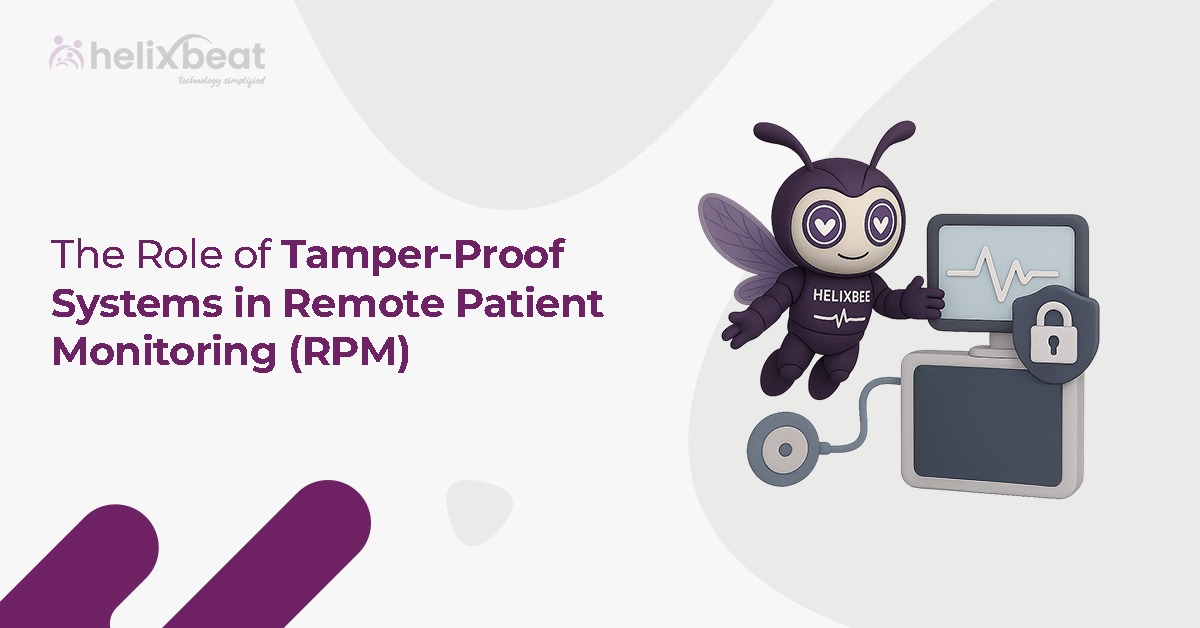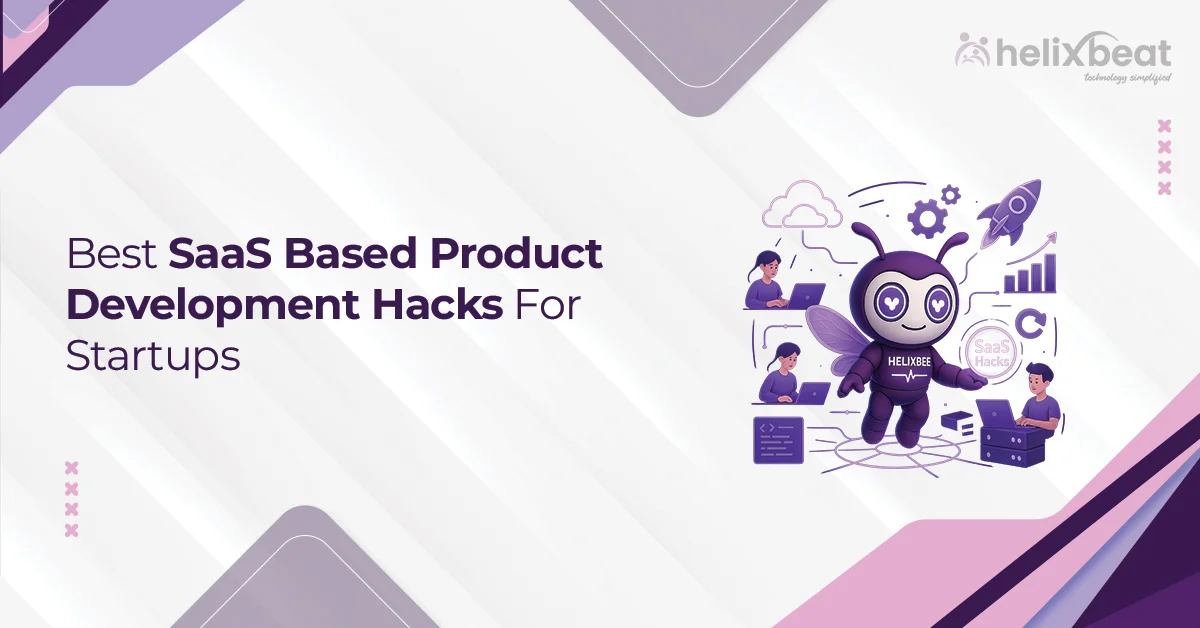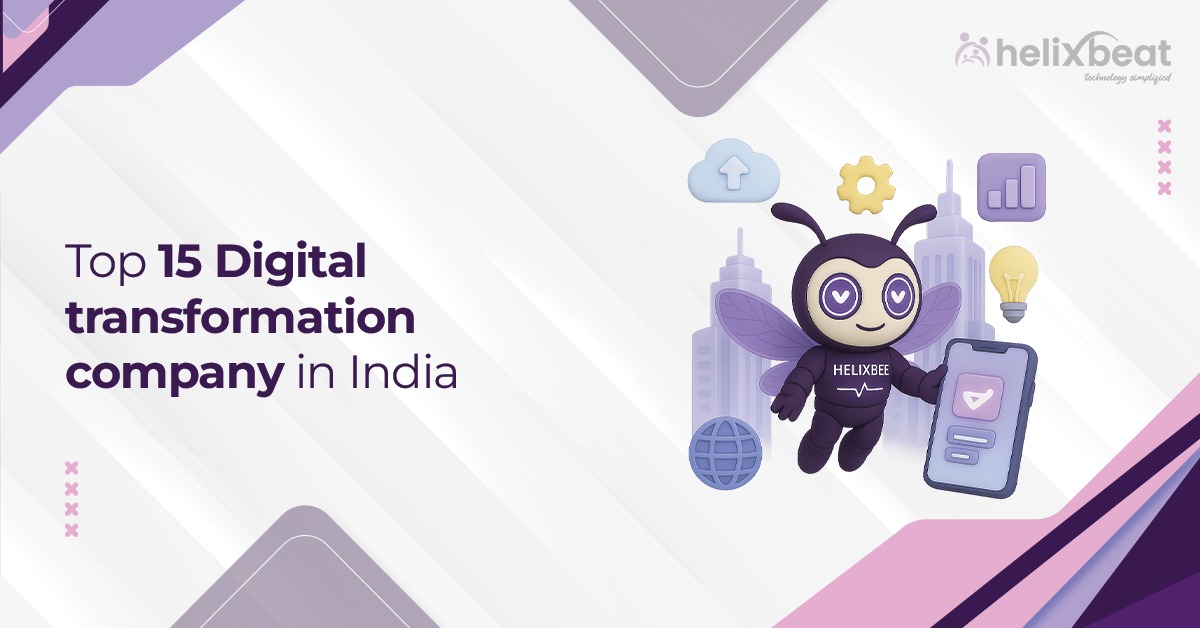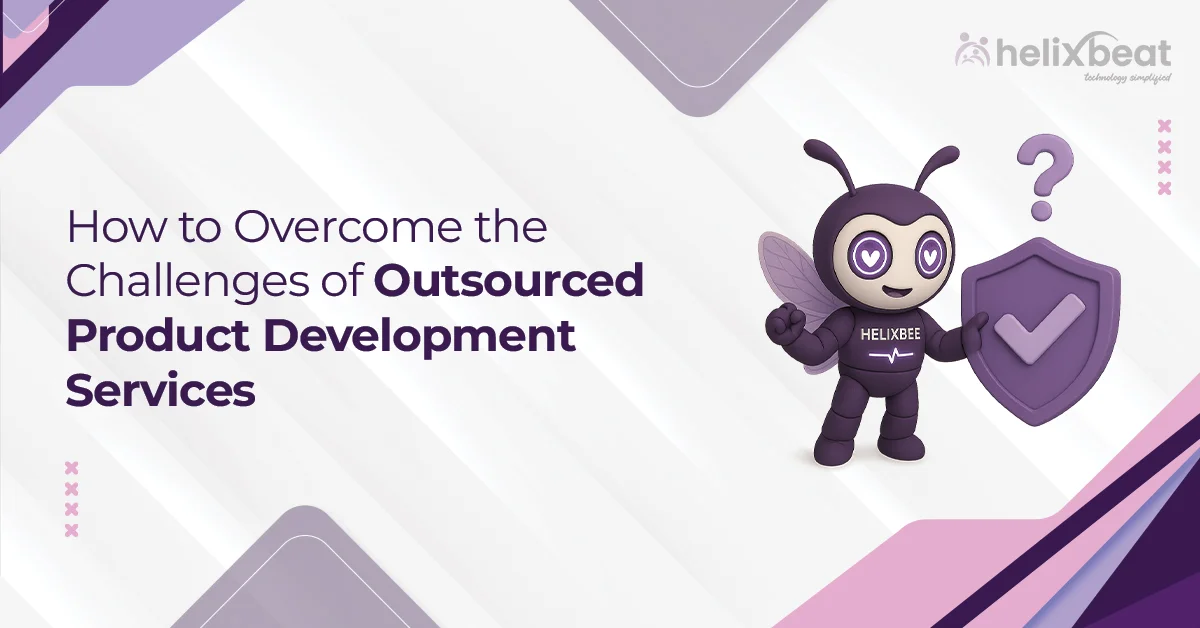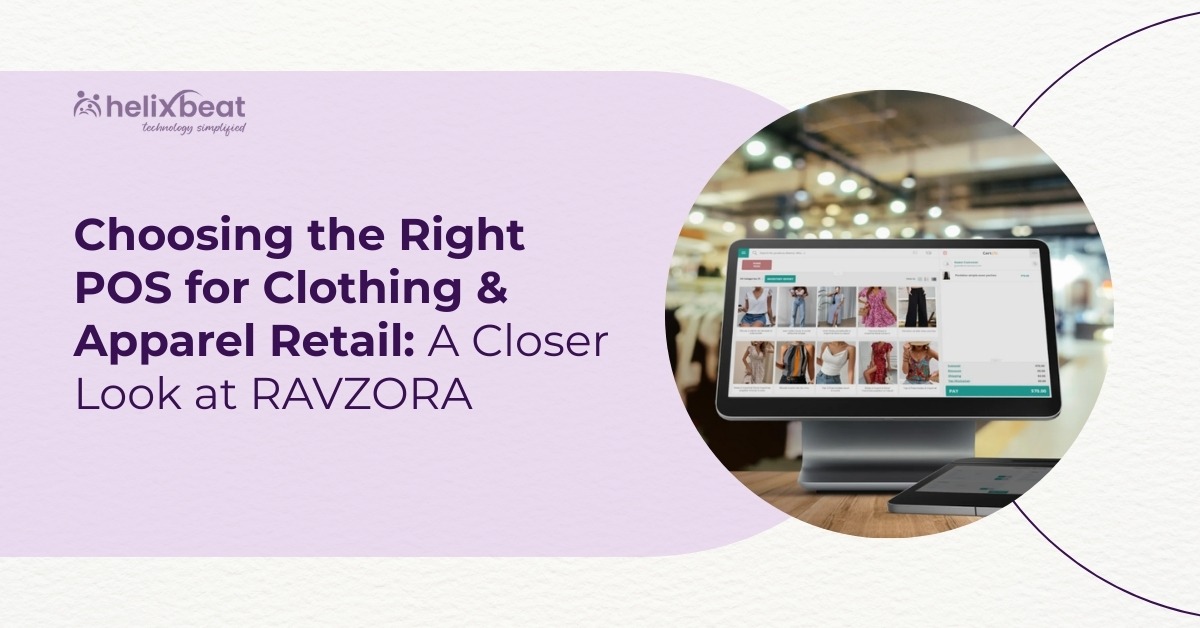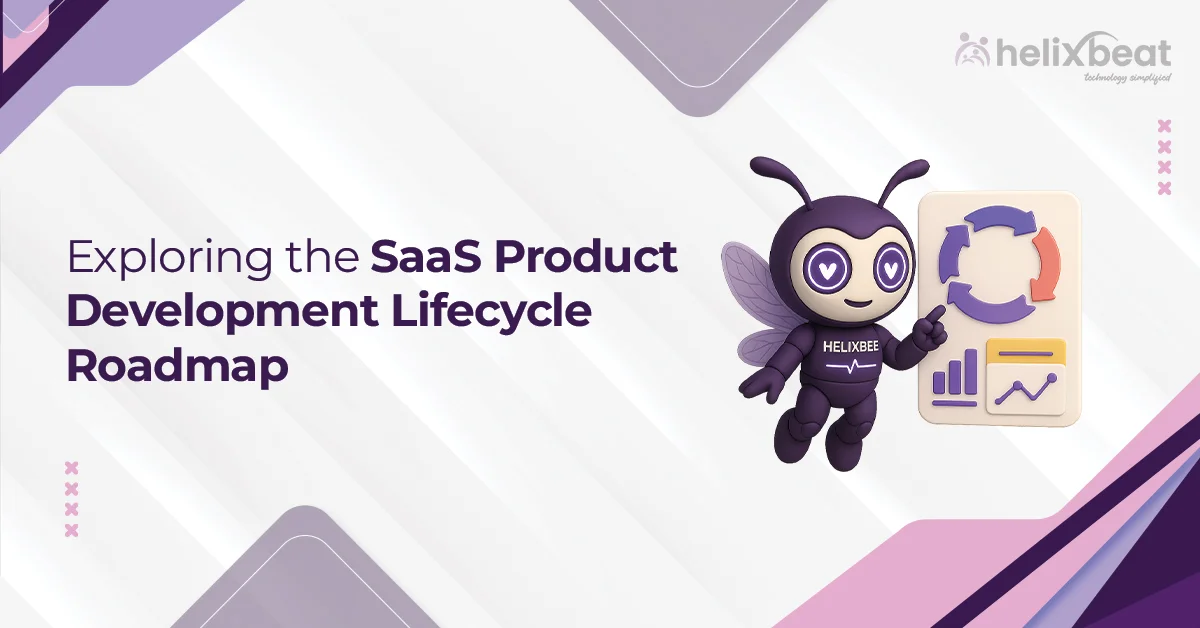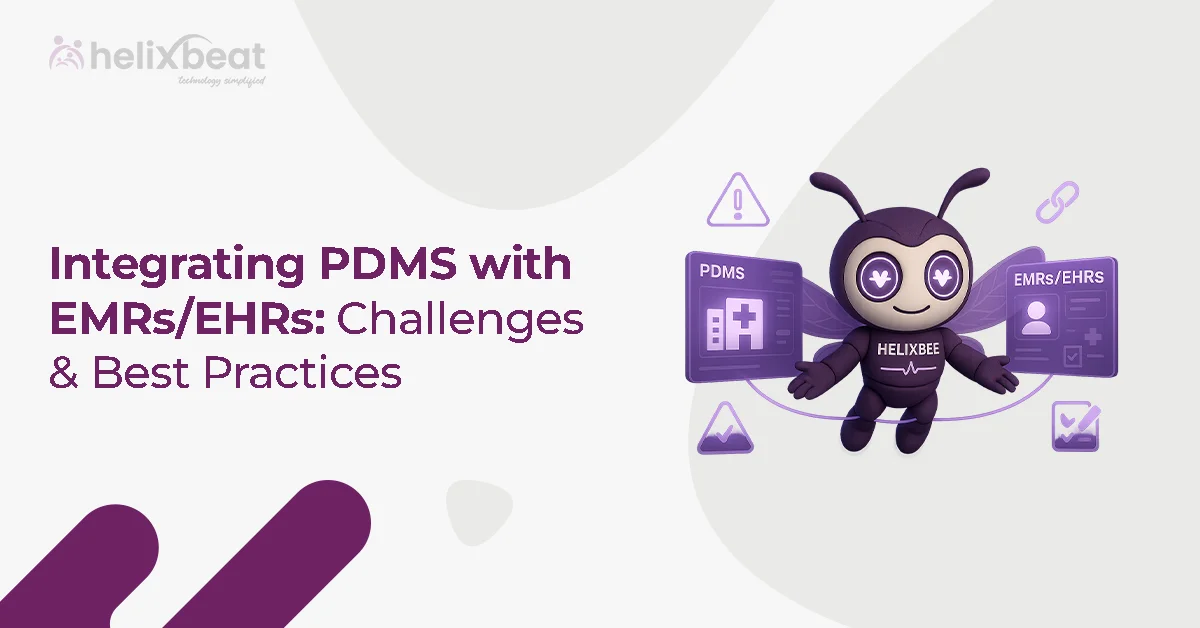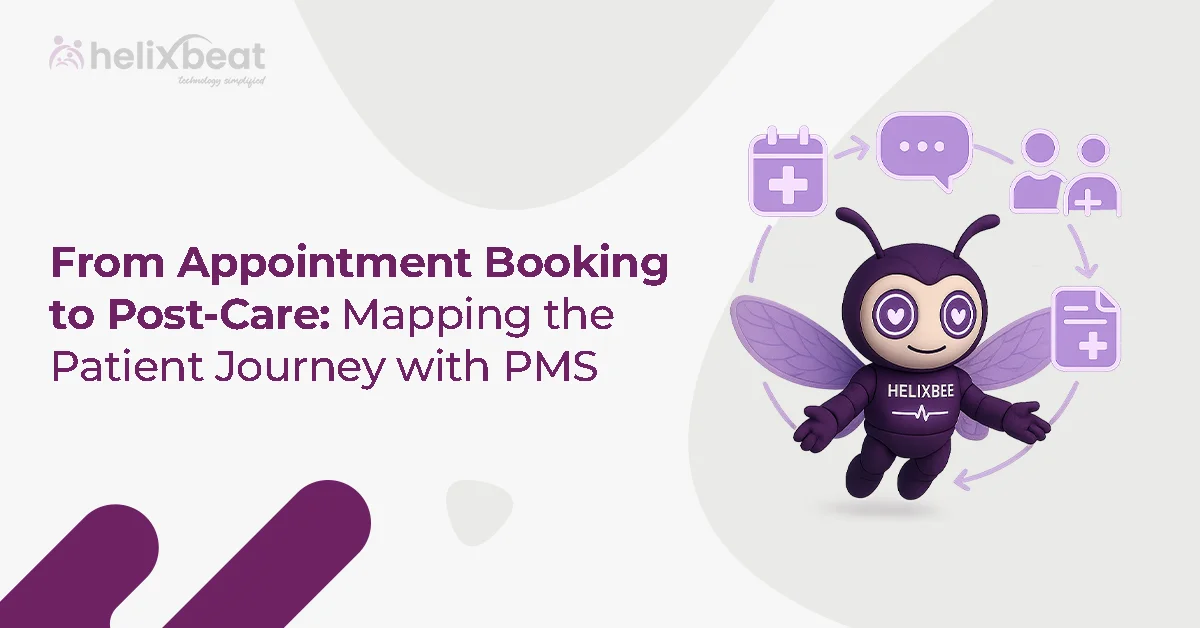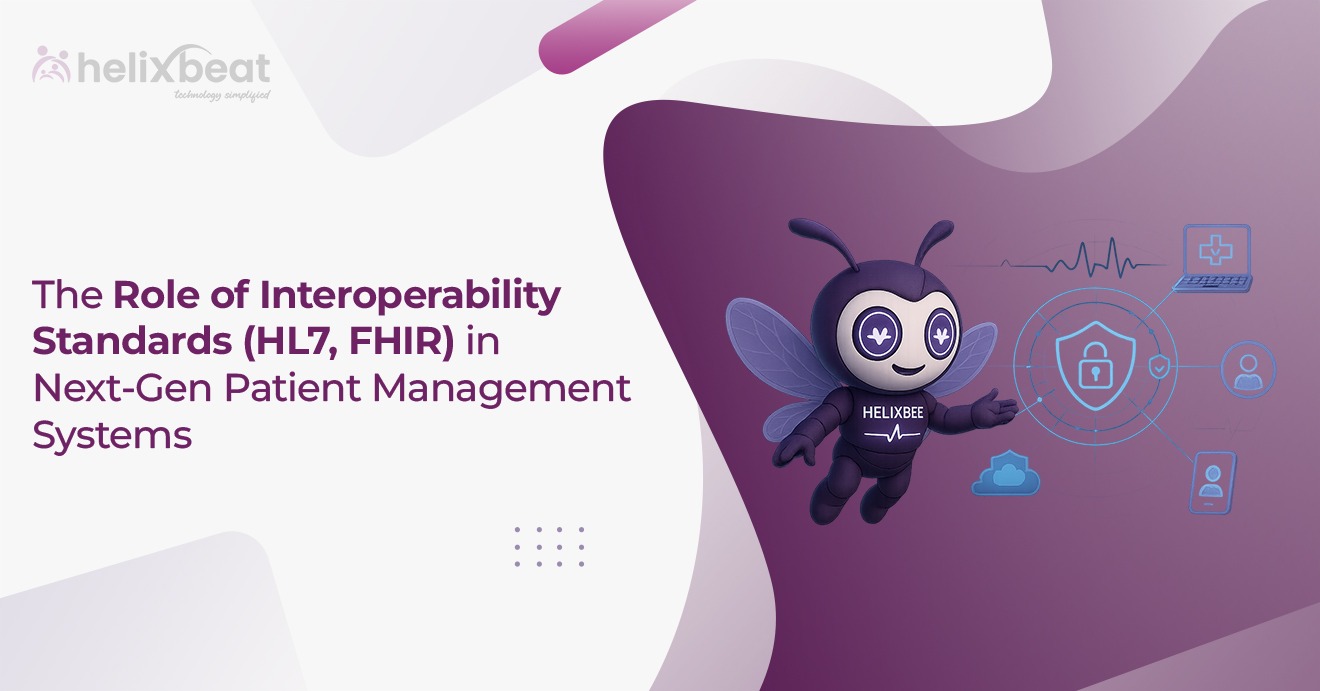A report by Deloitte indicates that over 88% of healthcare providers plan to increase investment in Remote Patient Monitoring (RPM) technologies. With growing dependence on digital health, ensuring secure and tamper-proof patient data is now more critical than ever. RPM enables continuous observation of chronic conditions like cardiovascular disease, diabetes, and CKD, yet even the most advanced monitoring can be undermined by data breaches or manual tampering.
That’s where tamper-proof systems come in. These secure, fail-safe mechanisms are transforming patient management software, safeguarding accuracy, compliance, and care outcomes.
Book a Free Demo of PULSE for RPM

Table of Contents
What is Remote Patient Monitoring (RPM)?
Remote Patient Monitoring (RPM) involves using digital technologies to gather and send health information from patients in their homes to healthcare professionals. RPM helps in tracking critical health indicators like blood pressure, glucose levels, and heart rate, enabling proactive management of chronic diseases.
- What is RPM remote patient monitoring for?
RPM is primarily proper for managing chronic diseases, detecting early warning signs, reducing hospital visits, and improving overall patient outcomes.
- What does RPM stand for in the context of remote monitoring?
RPM stands for Remote Patient Monitoring, a technology that allows healthcare providers to track and monitor patients’ vital signs remotely.
How RPM Technology Works?
RPM technology functions by using various medical devices that collect patient data, such as blood pressure cuffs, glucose monitors, and ECG devices. The data is then transmitted via secure networks to healthcare providers, allowing for real-time monitoring.
Key Components of RPM Systems:
- Devices & Sensors for collecting patient data.
- Wireless Communication for secure data transmission.
- Cloud Platforms for storing and analyzing data.
- Patient Management Software for healthcare providers to access and analyze the data securely.
Key Components of RPM Systems
Remote Patient Monitoring (RPM) systems rely on a combination of advanced technologies and components that work seamlessly together to ensure the efficient and secure monitoring of patient health.
1. Patient Monitoring Devices
The core of an RPM system is the patient monitoring devices that collect real-time health data from the patient. These devices vary in form and function depending on the condition being monitored. Common devices used in RPM systems include:
- Wearables: Devices such as smartwatches or fitness trackers monitor vital signs like heart rate, physical activity, and sleep patterns.
- Smart Thermometers: These devices track body temperature, often used to monitor fever or other related symptoms.
- Glucose Meters: These are particularly critical for diabetes management, measuring blood sugar levels continuously or at specified intervals.
- ECG Monitors: Used to track the electrical activity of the heart, helping healthcare providers manage patients with cardiovascular conditions.
- Blood Pressure Monitors: Devices that track and report blood pressure levels to detect issues like hypertension or hypotension.
- These devices collect the necessary health data from patients in a non-invasive manner, ensuring comfort while enabling continuous health tracking.
2. Data Transmission Technology
Once the health data is collected, it needs to be transmitted securely and reliably to healthcare providers. Data transmission technology enables this by sending patient data from the monitoring devices to a secure platform or cloud storage.
- This data is typically sent using encrypted wireless communication, such as Bluetooth or Wi-Fi, ensuring the confidentiality and security of patient information.
- Encryption ensures that the data remains protected during transit, preventing unauthorized access or tampering.
- This is crucial in maintaining compliance with regulatory standards like HIPAA (Health Insurance Portability and Accountability Act) to protect patient privacy.
3. Patient Management Software
Patient management software is the central platform used by healthcare providers to access, monitor, and analyze patient data. This software integrates data from various RPM devices, organizing it in a centralized, user-friendly interface. Healthcare providers can use this software to:
- View real-time data on patients’ health conditions.
- Track health trends over time, such as fluctuations in blood pressure, glucose levels, or heart rate.
- Set up automated alerts for abnormal readings, enabling quick intervention if needed.
- Make informed decisions based on accurate, up-to-date health data, improving patient outcomes.
- The software can be customized to include dashboards for different departments (such as cardiology, endocrinology, etc.), allowing specialized care for specific conditions.
4. Cloud Storage
Cloud storage plays a vital role in storing large amounts of health data securely. It offers several advantages:
- Easy Access: Authorized healthcare providers can access the data anytime, anywhere, ensuring flexibility in managing patient care.
- Long-term Record Keeping: Cloud storage offers scalable and secure storage for patient health data, enabling long-term record-keeping. This is important for tracking patient progress over time, comparing historical health data, and ensuring that patient records are easily retrievable when needed.
- Data Backup: Cloud storage provides automatic backups of patient data, reducing the risk of losing important health information due to hardware failures or human error.
Benefits of RPM for Patients
For patients, RPM offers numerous benefits:
- Continuous Care: Patients can be monitored continuously without the need for frequent hospital visits.
- Early Detection: RPM helps in identifying health issues at an early stage, leading to timely interventions.
- Convenience: Patients can manage their health from the comfort of their home, reducing stress and healthcare costs.
Benefits of RPM for Healthcare Providers
Remote Patient Monitoring (RPM) provides numerous benefits that significantly improve both patient care and the operational efficiency of healthcare providers:
Real-time Data
- RPM offers continuous health data, enabling healthcare providers to make quicker, more informed decisions.
- By having access to real-time information, doctors can detect early signs of deterioration in a patient’s condition, allowing for timely interventions before a situation escalates.
- For example, by monitoring vital signs like blood pressure or glucose levels, healthcare providers can adjust treatment plans in real-time, ensuring that patients remain on track toward optimal health outcomes.
Reduced Workload
- RPM automates the tedious and time-consuming task of data collection.
- Rather than manually recording patient measurements during in-person visits, RPM devices collect and transmit patient data directly to the healthcare provider’s system.
- This reduces the workload of administrative and clinical staff, allowing them to focus on other critical tasks like patient consultations and treatment planning.
- As a result, healthcare organizations can operate more efficiently, reduce administrative overhead, and lower the risk of human errors in data entry.
Improved Patient Engagement
- With RPM, healthcare providers can interact with patients more proactively.
- This technology allows healthcare teams to monitor a patient’s health outside of traditional visits, providing more opportunities to engage in meaningful conversations about lifestyle changes, medication adherence, and preventive care.
- Providers can set up alerts to remind patients to take their medications, monitor their diet, or track specific health metrics, offering tailored advice based on real-time data.
- This level of engagement fosters stronger doctor-patient relationships and empowers patients to take charge of their own health.
Types of Health Conditions Monitored by RPM
RPM is particularly effective in managing chronic health conditions, which require continuous monitoring and frequent adjustments to treatment plans. Some of the most common health conditions managed using RPM include:
Cardiovascular Disease
- By keeping an eye on these indicators, healthcare providers can monitor fluctuations and detect potential issues early on.
- For instance, abnormal blood pressure readings can be immediately addressed, preventing serious complications like strokes or heart attacks.
- Continuous monitoring also helps in evaluating the effectiveness of prescribed medications and lifestyle changes, ensuring that patients are on the path to better heart health.
Diabetes
- Managing diabetes requires consistent monitoring of blood glucose levels to maintain balance and prevent dangerous spikes or drops.
- RPM devices like glucose meters help patients track their levels throughout the day and transmit the results directly to their healthcare providers.
- This data allows providers to adjust medications, dietary recommendations, and exercise plans as needed.
- By closely tracking blood glucose trends, healthcare providers can help prevent long-term complications like kidney damage, nerve issues, and vision problems, all of which are common in poorly managed diabetes.
Chronic Kidney Disease (CKD)
- Chronic Kidney Disease (CKD) requires continuous monitoring of kidney function, as any significant changes can lead to serious complications.
- By analyzing this data, healthcare providers can assess the progression of the disease and determine whether interventions like dialysis or medication adjustments are necessary.
- Regular monitoring helps reduce the likelihood of hospital readmissions and enables early interventions to prevent kidney failure.
Request a Free Demo of RPM for CKD Management
Ensuring Data Security and Privacy in RPM
One of the most critical concerns when implementing Remote Patient Monitoring (RPM) is safeguarding patient data. As healthcare continues to transition to digital platforms, maintaining the privacy and integrity of sensitive health information is crucial. RPM systems, which collect, transmit, and store patient data, are prime targets for potential security breaches. Therefore, integrating tamper-proof systems into RPM solutions is essential to mitigate risks and ensure the data remains safe and accurate. Below are key technologies used to ensure the security and privacy of patient data in RPM:
1. End-to-End Encryption
- When health data is transmitted from monitoring devices to healthcare providers, it must be protected from unauthorized access or tampering.
- With end-to-end encryption, data is encoded at the point of collection (i.e., from the device or patient’s side) and can only be decoded by authorized recipients (healthcare providers or medical systems).
2. Blockchain Technology
- Blockchain technology is increasingly being adopted to ensure the integrity of health records in RPM systems.
- Blockchain creates an immutable ledger, where every transaction (or update) to the patient’s health data is logged securely in a distributed database.
- Once data is entered into the blockchain, it cannot be altered, ensuring that health records remain tamper-proof.
- This technology guarantees that any modifications to data, whether accidental or malicious, can be immediately identified, as the blockchain will display a clear and permanent record of all transactions.
- For healthcare providers, this not only boosts trust in the data but also ensures compliance with data integrity regulations like HIPAA.
3. Multi-Factor Authentication (MFA)
- To further enhance security, multi-factor authentication (MFA) adds a layer of protection.
- MFA requires users (including healthcare providers and patients) to authenticate their identity through two or more factors before they can access sensitive data.
- These factors typically include something they know (a password), something they have (a device like a phone or security token), or something they are (biometric data like fingerprints).
- This additional layer prevents unauthorized access, even if an attacker manages to compromise one layer (such as a password).
See How PULSE Safeguards Patient Data
Implementation Strategies for RPM Programs
Successful RPM implementation requires not just technology but also a comprehensive strategy to ensure effective use. Here’s how to implement RPM with a focus on security:
1. Selecting the Right Devices
- Choosing the right devices is crucial for successful RPM adoption.
- Healthcare providers should select FDA-approved, secure devices that meet industry standards for data security.
- These devices must integrate with the broader RPM system seamlessly while also ensuring compliance with healthcare regulations.
- They must include built-in tamper-proof systems, such as encryption and secure data transmission protocols, to prevent breaches from the start.
2. Training Healthcare Providers
- Healthcare providers must be adequately trained to understand not only how to use RPM devices but also the security features and data privacy protocols associated with them.
- This training should emphasize the importance of secure data collection, transmission, and storage.
- Providers should also be educated in identifying potential security risks and addressing them promptly.
- This ensures that the use of RPM technologies aligns with best practices for protecting patient privacy and complying with regulations.
3. Patient Education
- Clear communication about data security measures, such as encryption and how their information is protected, will increase their trust in the technology.
- Moreover, educating patients about their role in maintaining device security, such as regular device checks and following usage instructions, helps reduce potential risks to data privacy.
Overcoming Challenges in RPM Adoption
While Remote Patient Monitoring offers numerous benefits, there are several challenges that must be addressed for successful adoption:
1. Device Reliability
- One of the main concerns with RPM is ensuring that the monitoring devices are durable and accurate.
- These devices must be able to withstand daily use and provide precise data that healthcare providers can rely on.
- Ensuring device reliability involves selecting high-quality, FDA-approved devices, regular maintenance, and testing to ensure they function as intended.
2. Data Security
- Implementing tamper-proof systems such as end-to-end encryption, blockchain, and multi-factor authentication is crucial for minimizing the risk of data theft or tampering.
- Additionally, healthcare organizations must stay updated on evolving security threats and continuously assess and improve their security infrastructure.
3. Patient Compliance
- Ensuring patient compliance can also be a challenge in RPM adoption.
- Patients may be resistant to using RPM devices regularly or may struggle with the technology.
- To overcome this, healthcare providers need to offer ongoing support, clear instructions, and patient-friendly devices.
- Regular follow-ups to ensure patient engagement with the RPM system can also help improve compliance and data accuracy.
Why Choose PULSE by HelixBeat?
PULSE by HelixBeat is designed to elevate Remote Patient Monitoring (RPM) to the highest level of security and efficiency, making it the ideal solution for healthcare providers looking to deliver continuous, high-quality care. Here’s why PULSE stands out:
Real-time Data Collection
- PULSE enables the immediate and continuous transmission of vital signs directly from RPM devices to healthcare providers.
- This real-time data stream allows clinicians to make timely decisions, reducing the need for in-person visits and improving the ability to intervene early in case of abnormalities.
- Whether it’s tracking blood pressure, blood glucose levels, or heart rate, PULSE ensures that healthcare providers are always in sync with their patients’ current health status.
End-to-End Security
- Data security is paramount in healthcare, and PULSE prioritizes this with its blockchain-backed tamper-proof technology.
- Every piece of data captured through RPM devices is securely encrypted and logged into an immutable ledger.
- This means that no unauthorized access or tampering can alter patient data, ensuring accuracy, privacy, and compliance with healthcare regulations like HIPAA.
- With PULSE, healthcare providers can confidently rely on the data for making critical healthcare decisions.
Seamless Integration
- PULSE integrates effortlessly with existing healthcare systems and devices, minimizing the complexity of adopting a new system.
- Whether you’re working with EHR systems, patient management software, or various RPM devices, PULSE is designed to work smoothly with your current infrastructure.
- This ease of integration ensures a faster implementation process and immediate benefits, including enhanced data accuracy, streamlined workflows, and improved patient outcomes.
- PULSE by HelixBeat offers a comprehensive, secure, and scalable solution for RPM.
- By combining real-time monitoring, advanced security, and easy integration, PULSE empowers healthcare providers to enhance patient care while safeguarding sensitive health data.
Request a Free Demo of PULSE Now →
The Bottom Line
The future of healthcare is increasingly digital, and Remote Patient Monitoring (RPM) will play a pivotal part in the management of chronic diseases. By implementing tamper-proof systems, healthcare providers can safeguard patient data, improve care outcomes, and enhance overall efficiency. With solutions like PULSE by HelixBeat, healthcare organizations can embrace RPM technology confidently, knowing that patient data is secure, accurate, and actionable.
Start Your Free Trial of PULSE Today
FAQs
- What is Remote Patient Monitoring (RPM)?
RPM refers to the use of digital technologies to monitor and collect health data from patients remotely. It enables healthcare providers to track vital signs such as blood pressure, heart rate, glucose levels, and more, without needing the patient to be physically present in the clinic.
- What does RPM stand for in the context of remote monitoring?
RPM stands for Remote Patient Monitoring, which involves using devices and sensors to monitor patients’ health metrics from a distance and send the data to healthcare providers for analysis and decision-making.
- Why is data security important in RPM?
Data security is crucial in RPM because it ensures patient health data remains confidential, accurate, and protected from tampering or unauthorized access. Tamper-proof systems, like those in PULSE, safeguard this sensitive information.
- What types of health conditions can be monitored using RPM?
RPM is particularly useful for managing chronic conditions such as diabetes, cardiovascular diseases, chronic kidney disease (CKD), and respiratory disorders, allowing for continuous monitoring and early detection of health issues.
- How does PULSE ensure the security of patient data?
PULSE uses blockchain-backed tamper-proof technology, which ensures that all patient data is securely encrypted, logged, and stored without the possibility of unauthorized alteration. This guarantees the integrity and privacy of health records.
- How does PULSE handle real-time data collection?
PULSE collects patient data in real time from various RPM devices, instantly transmitting it to healthcare providers for monitoring and analysis. This enables timely interventions and proactive care.
7. Can PULSE integrate with existing healthcare systems?
Yes, PULSE is designed for seamless integration with existing healthcare infrastructure, including EHR systems, patient management software, and a wide range of RPM devices. This makes it easy to adopt without disrupting current workflows.
8. What is the role of tamper-proof systems in RPM?
Tamper-proof systems are essential in ensuring that the data collected via RPM devices is secure, accurate, and unaltered. They help prevent data manipulation, ensuring healthcare providers make decisions based on trustworthy information.
9. What are the benefits of RPM for healthcare providers?
RPM offers healthcare providers the ability to monitor patients continuously, reducing the need for in-person visits. It improves efficiency, enhances patient engagement, and enables early detection of health issues, leading to better outcomes.
10. How does PULSE enhance patient management?
PULSE enhances patient management software by providing real-time, accurate data on patients’ health metrics. This allows healthcare providers to monitor their patients’ conditions closely, adjust treatment plans quickly, and improve care coordination.
11. How can RPM reduce healthcare costs?
RPM reduces the need for frequent hospital visits, emergency care, and readmissions, thereby lowering healthcare costs. It also allows for more efficient use of healthcare resources and enables preventive care.
12. Is PULSE suitable for managing chronic conditions?
Yes, PULSE is particularly effective for managing chronic conditions like diabetes, cardiovascular diseases, and chronic kidney disease (CKD). By continuously monitoring key health indicators, it helps detect early signs of complications and enables timely interventions.



